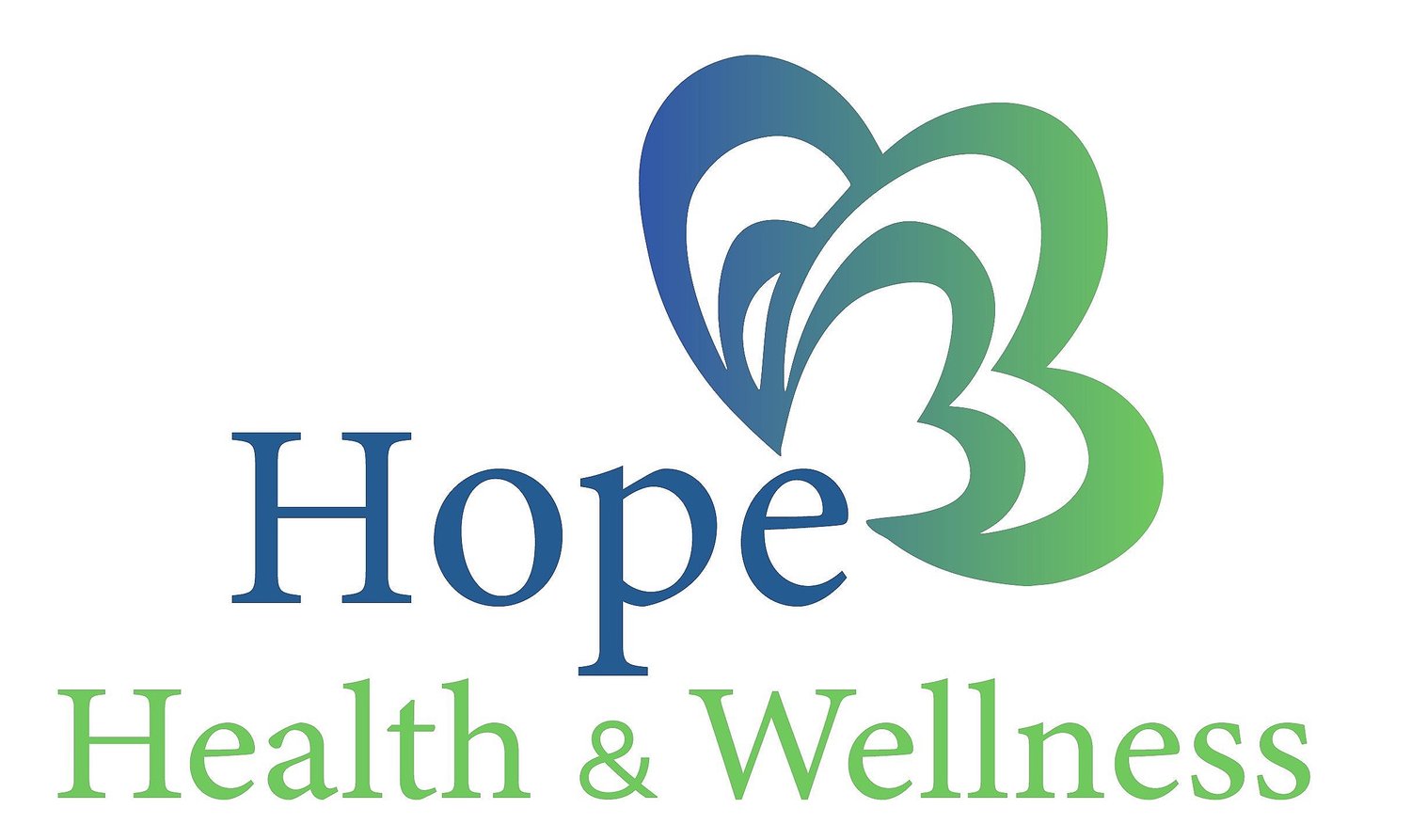Hazy Plume
The air we breathe is vitally important.
The air quality has been so poor over these past couple of day due to the Canadian wildfires.
There’s no way to avoid it if you’re going outside- unsightly and noxious.
Hopefully, this will be abating over the weekend.
It made me realize how important our air quality is- not just outside but inside our homes.
We can’t control our outdoor environment, but we can work on purifying our indoor air or modifying our homes to mitigate health problems.
Many of our homes where we spend the majority of our time have poor air quality which could stem from allergens such as dust or pet dander or even germs such as mold.
There are studies linking air pollution to autism and how air filters may reduce the risk.
Many kids with autism have a decline in their condition when exposed to allergens or germs in the home that worsens air quality.
The inflammatory response impacts the brain leading to an exacerbation of symptoms- often behaviors and language.
How can we improve our air quality?
You can test the quality of the air in your home with a home or have a professional come out for evaluation.
Investing in an air purifier such as from Air Doctor in the main living area and bedrooms can filter out these air pollutants.
HEPA filters for HVAC systems tend to offer the best protection.
The air we breathe is as important as the water we drink and the food we eat.
The cleaner the air, the less potential neuroinflammation will occur to help our kids recover.
How can we improve detox in our kids?
We are all exposed to more than 700,000 toxins daily.
When our detoxification pathways are functioning fine, the liver should be able to manage the load and excrete them without difficulty,
There are situations where people have liver disorders, oxidative stressful conditions promoting inflammation that could suppress glutathione levels, or retained toxins due to trouble with constipation or reduced urination.
Our liver handles the bulk of detoxification, and the toxins are then released through breathing, peeing, pooping, and sweating.
The majority of autistic kids have dysfunctional detoxification pathways.
One of the major areas that we see this occurring is with the folation-methylation-transsulfuration cycle that occurs inside cells and forms many vital compounds involved in detox.
Two of the most important are methylfolate/folinic acid and glutathione.
Many autistic kids have genetic variants in MTHFR enzymes impairing regulating methylation of folic acid and GST enzymes impeding glutathione from binding to toxins to eliminate them.
When these pathways are dysregulated, there is an increase in inflammation and reduction of glutathione and methylfolate leading to impaired detoxification.
With this, we see toxins such as heavy metals, herbicides, pesticides, hormone disruptors such as BPA and phthalates, and biological toxins such as mold building up in kids with autism.
So, how can we evaluate these pathways and improve them?
There is genomic testing to determine if there is a genetic variant in MTHFR, GST and many others.
Supporting detox pathways with methylfolate/folinic acid, methylcobalamin (B12), magnesium, NAC, vitamin C, glutathione, milk thistle and NAC can be beneficial.
Be aware that the B vitamins such as methylfolate/folinic acid and methylB12 can cause hyperactivity.
Hydration, fruits, veggies, infrared sauna, and ionic foot baths can help detox.
Make sure your child is pooping and peeing regularly to eliminate the toxins.
When toxins are removed and not blocking cell receptors, nutrients can penetrate, inflammation and oxidative stress will go down to make for a healthier, happier child.
